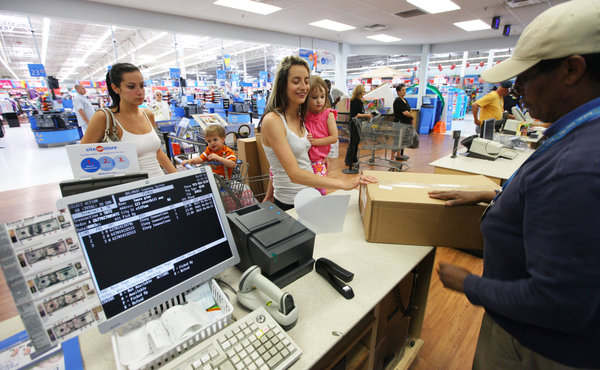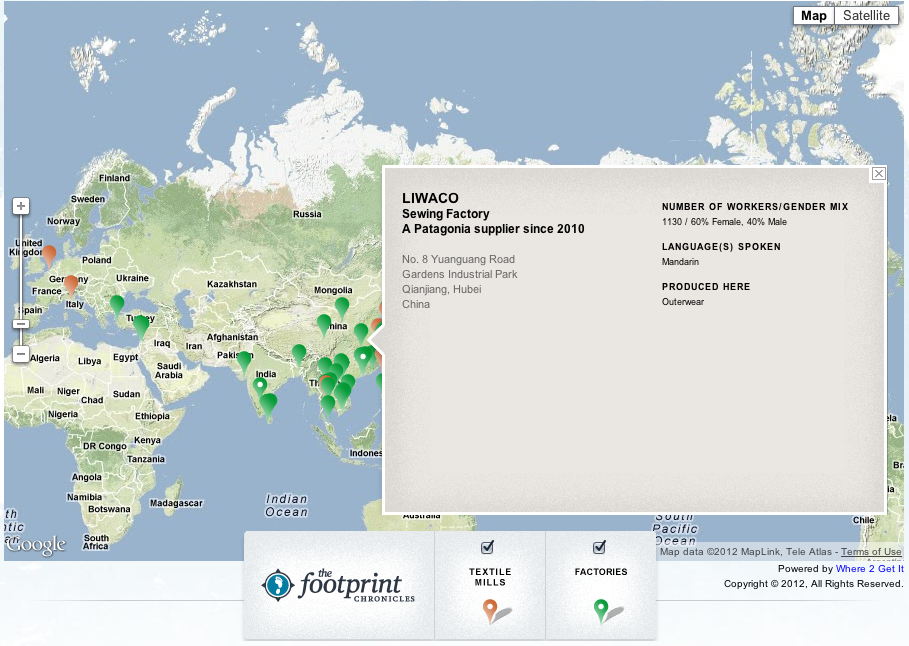
Online shopping has caused retailers such as Macy’s, Best Buy, Sears and The Container Store to loose millions in sales. Consumers have had such a profound obsession with purchasing a product at the lowest price possible that almost every product sold at traditional retail stores is constantly being matched up with prices online. Currently, Best Buy is even going to the extent of customizing the bar codes on their products so they cannot be scanned by consumers so they are able to look up online prices from sites such as Amazon.
To avoid having in store sales reach an all time low, retailers are attempting to lure consumers into the store by promoting their own online operations on site. Walmart has made an effort to add Web return centers, pickup locations, free shipping outlets, payment booths, and drive-through customer service centers for online sales to appeal to the growing amount of online shoppers.
Retailers like Walmart believe that they could potentially have an advantage over their online retail competitors due to the fact that shopping offline eliminates the expensive shipping fees. Walmart gives customers a variety of options such as being able to order products from their online website and then being able to pick it up and pay for it at the store, thus appealing to customers who have a trend of preferring to pay cash for products.
From focusing on the cash option, Walmart has seen a dramatic rise in demand due to promoting online pickup at their stores, which now accounts for half their sales. As a whole, Walmart has the advantage of appealing to customers that do not have a bank account of credit cards. In addition, the in store pickup also appeals to consumers that favor to buy items in bulk that do not qualify for online purchases.
Fellow retailers of Walmart such as The Container Store and Sears have taken on site purchasing to a new level by promoting a drive-through service that allows for consumers to get what they need on the go. This service has also seen great success because it appeals to the consumers who shop online because they do not have the time to navigate their way through the retail store to purchase the products they need. Recently, a new trend has shown that customers who used this pick up service have caused them to visit 50% more than customers who regularly shop in the store.
The competition between traditional retailers and e-commerce companies will continue to exist, but the efforts made by the traditional retailers to keep up with online shopping have been greatly significant. With all the new bells and whistles added to their offline services, will retailers truly be able to take shopping offline for good?
Source: http://www.nytimes.com/2012/07/05/business/retailers-lure-online-shoppers-offline.html?_r=0






